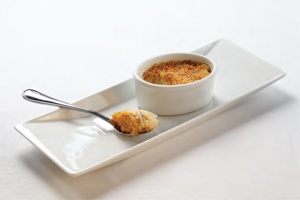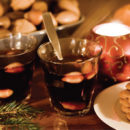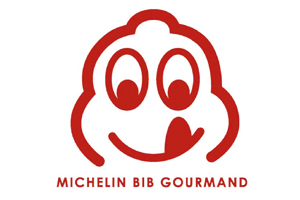
Swedish cuisine – from basic food intended for survival to the 2 Michelin starred restaurants
At the beginning of the 20th century, Sweden`s gastronomy had, for most of the population, a single purpose: survival. During the long and frosty winters, nourishment was provided by preserving some basic products: potatoes, herring and onion. Things have changed radically after 100 years. Swedish contemporary gastronomy starts to have a saying in the international arena, displaying a blend between tradition and modernism. Today, Sweden has twelve 1 Michelin star restaurants and two restaurants with 2 Michelin stars.
Like any traditional gastronomy, the Swedish cuisine was influenced by the climate – very long winters and quite a small production of vegetables. Hence, food used to be mostly based on smoked fish, wild game meat, potatoes and very few fresh vegetables. There were significant regional differences reflected in people’s eating habits – the Northern part was famous for the varieties of game meat, while the Southern part had a larger consumption of fresh fruit and vegetables. In the last 50 years, Swedish cuisine had an evolution that is difficult to imagine, and today it became one of Europe`s healthiest, based a great deal on salads and fruits, and low on fats.
Read more in The Art of Living magazine printed edition









